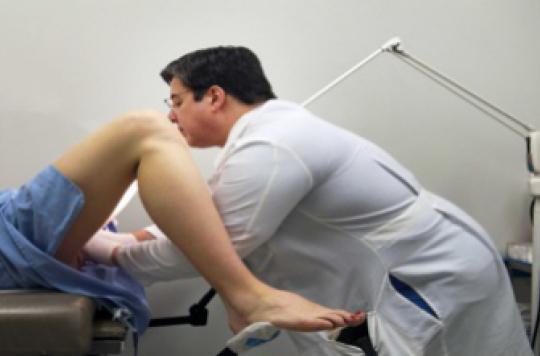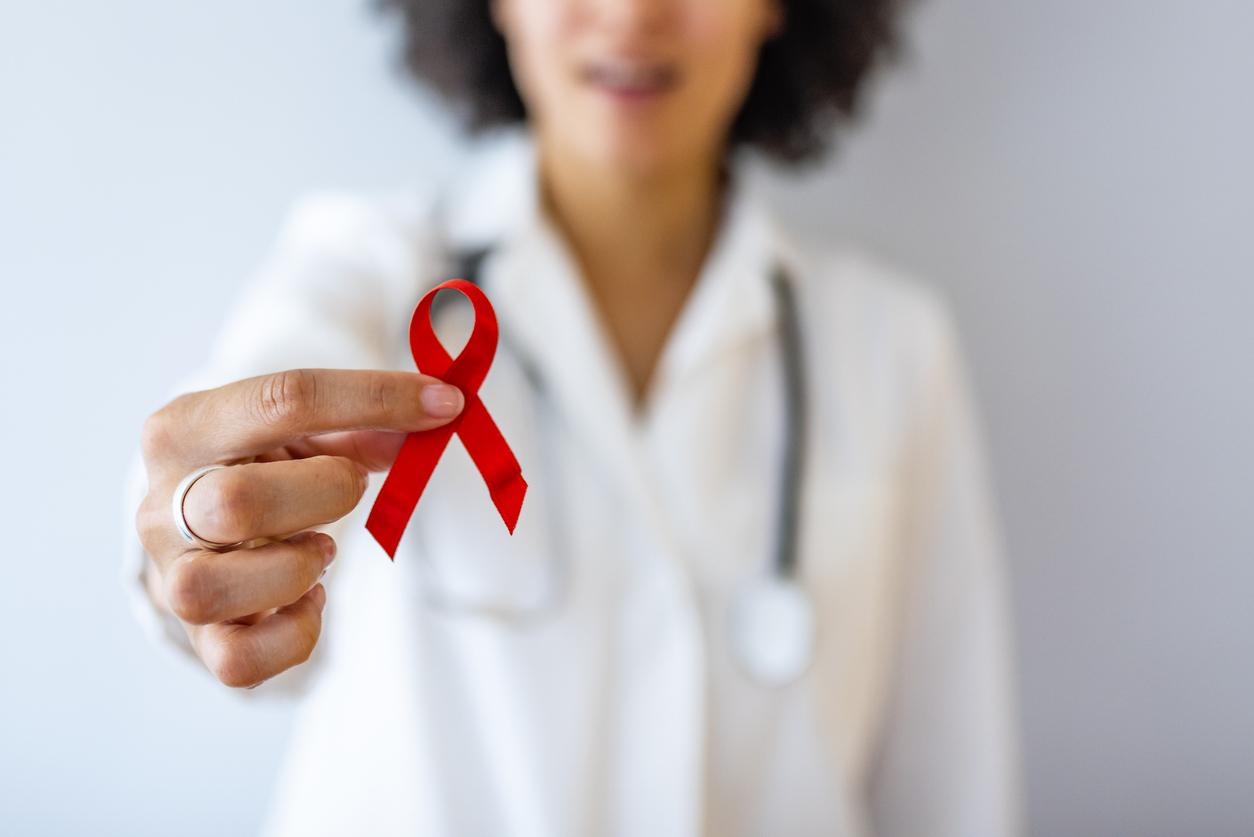The rates of cervical cancer have been grossly underestimated in the United States. Especially in older women.

A new study published on May 12 in the journal Cancer suggests that current US data on the number of cervical cancer cases would be underestimated compared to the actual incidence rates of the disease in the United States. In addition, the risk for elderly women of developing this pathology would be much higher than what was imagined until now.
As a reminder, according to the recommendations set by theAmerican Cancer Society, women between 21-29 years old should be screened for cervical cancer every 3 years, while women between 30-65 years old should be screened every 5 years. Finally, women over 65, who had normal results in their previous exams, should no longer be screened. Recommendations that may well change with the publication of this recent work led by researcher Anne Rositch of the University of Maryland School of Medicine (Baltimore).
A higher risk for older women
This American team has indeed noted that in the United States, women who have undergone a hysterectomy – removal of the uterus – were still included in the calculations of the number of cases of this disease. Yet this surgical procedure eliminates the risk of cervical cancer. Therefore, these scientists set out to recalculate the prevalence of cervical cancer in American women taking into account the number of hysterectomies performed in American women between 2000 and 2009.
The researchers then found that the rates of cervical cancer were much higher (especially in older women): 18.6 per 100,000 women, compared to 11.7 cases per 100,000 women with the old calculus.
The increased risk among black women even higher
In addition, these researchers noted that previous work on the subject indicated that the incidence rates of this cancer were highest between 40-44 years, at 15.6 cases per 100,000 women, before stabilizing.
But by excluding women who have had a hysterectomy, incidence rates increase with age, reaching a maximum of 24.7 cases per 100,000 women among those aged 65 to 69. This figure was even higher among black women in this age group, at 53 cases per 100,000 women.
And for them, the general observation is hardly more encouraging. Regardless of the age group, they have an 89% higher rate of cervical cancer than white women.
The researchers concluded that the current guidelines for screening for cervical cancer “deserve to be reviewed”. “They should, for example, recommend that women be routinely screened at age 65, even if they have previously tested positive for screening,” concludes the study’s lead author Patti Gravitt.
.















